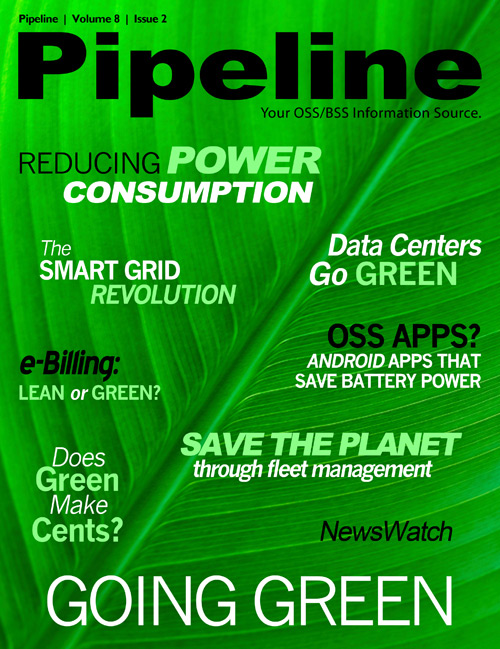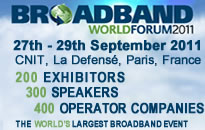The Carriers Respond
To better understand how carriers are responding to the smart grid opportunity and the competitive landscape in the US as well as how it differs from the European market, Pipeline connected with the Sprint, AT&T, and Verizon. All three companies have aggressive smart grid strategies, and have invested heavily in the smart grid future.
Sprint
Pipeline: How interested are utilities in smart grid?
Robert Gustin, Industry Solutions Manager for Utilities, Sprint: I've never seen this kind of focus and receptivity to the technology deployment for advanced automation in the utilities space. Not a single utility we speak with today doesn't have a plan for [smart grid].
P: How is Sprint embracing smart grid?
RG: Sprint's solutions address four key platforms that are the foundation of smart grid:
the reliability of the network; the introduction of renewable energy focus (we're seeing incredible interest here); consumer engagement, getting the consumer engaged in the supply and demand equation, managing their energy use; and cybersecurity. Smart grid transcends many verticals, and includes advanced metering, data collection, supervisory control, demand response (load management), and many other technologies.
Sprint has committed incredible resources over the last three years in the embedded machine group
entirely focused on the development of the ecosystem and application development in this space. We as a company are very engaged with the largest utilities and the largest municipalities tremendous engagement and discovery of our customer's needs and requirements.
Last fall Sprint opened our M2M collaboration center in Burlingame, CA. The Sprint M2M Collaboration Center brings together Sprint partners, equipment providers, customers and employees to rapidly prototype, test and launch concepts and new ideas.
Sprint is also highly engaged with regulators on all levels of government, and we're seeing the nature of the regulatory environment aggressively support smart grid as the national energy perspective changes to embrace initiatives.
P: What makes smart grid customers unique for carriers?
RG: Hybrid architecture is brought up by all of our utility customers; it's important to note that every architecture in utility will be a hybrid public/private network. There is no single silver bullet.
P: How does the US market differ from the European market?
RG: Unquestionably, in the past decade to 15 years, deregulation and implementation of solid state technology and embedded based solutions in Europe preceded the US. Italy automated 29 million meters 10 years ago. Technologies vary (GSM vs. CDMA) so different geo-markets will deploy different solutions, but the European regulatory environment has been very supportive. I don't think their strategies are all that different, though.
P: What does the future look like?
RG: The future looks very good, with incredible opportunities in embedded solutions and 100s of millions of connected devices in the decades to come.





